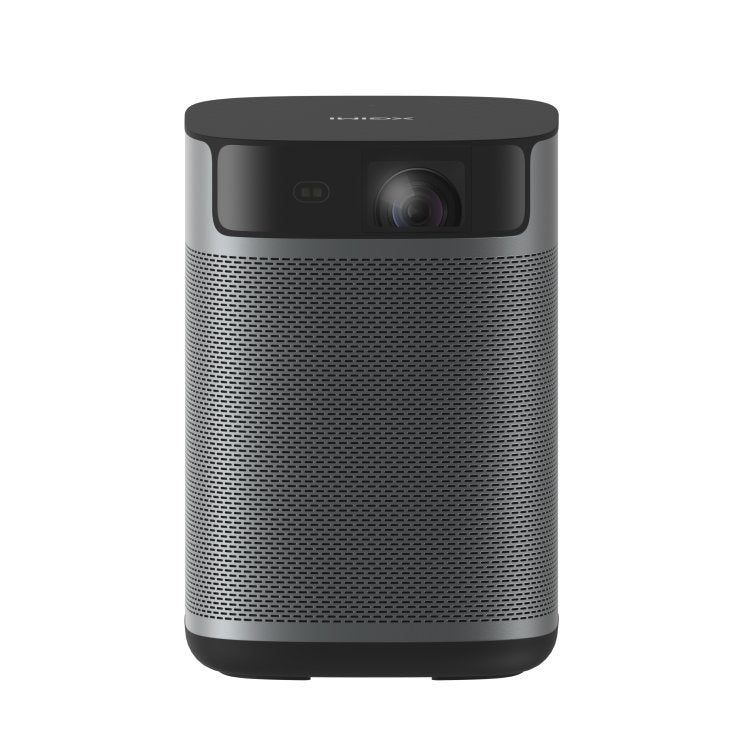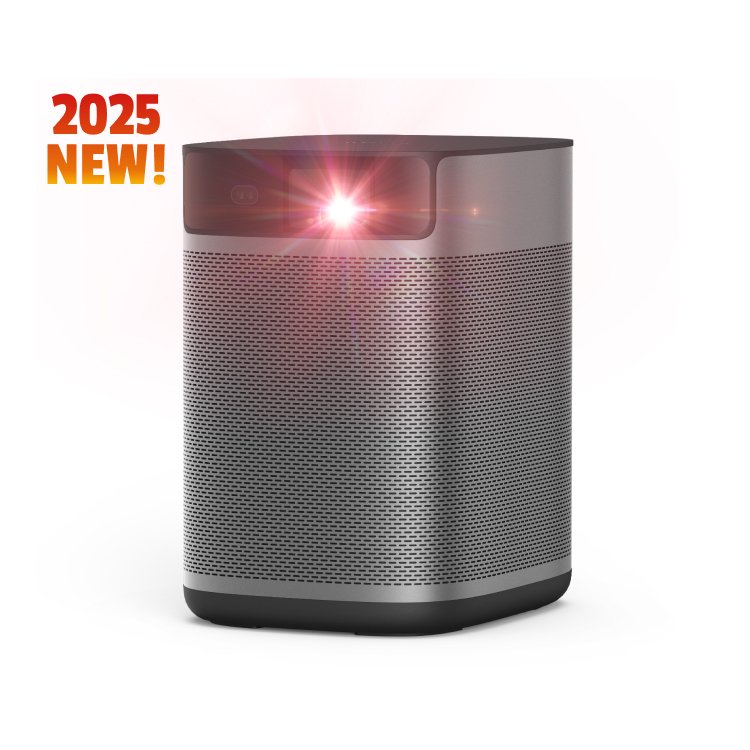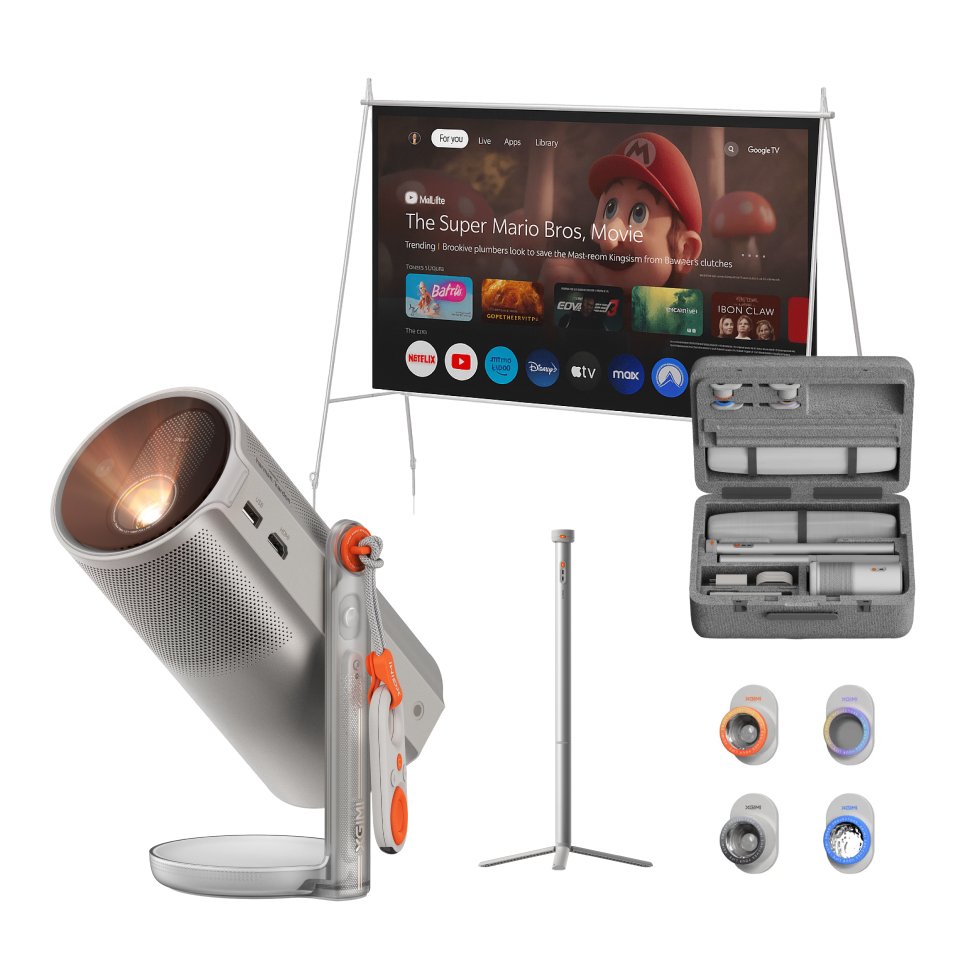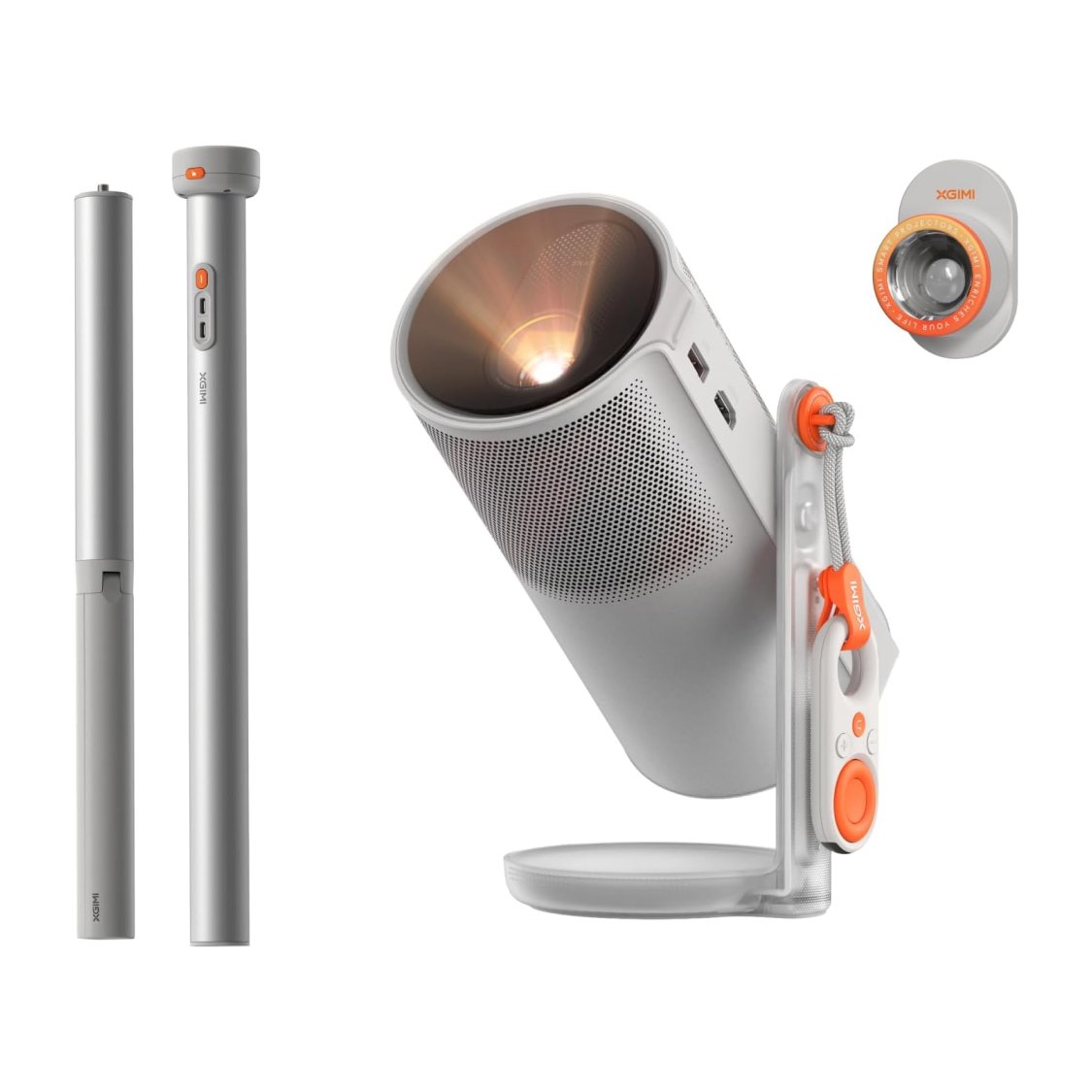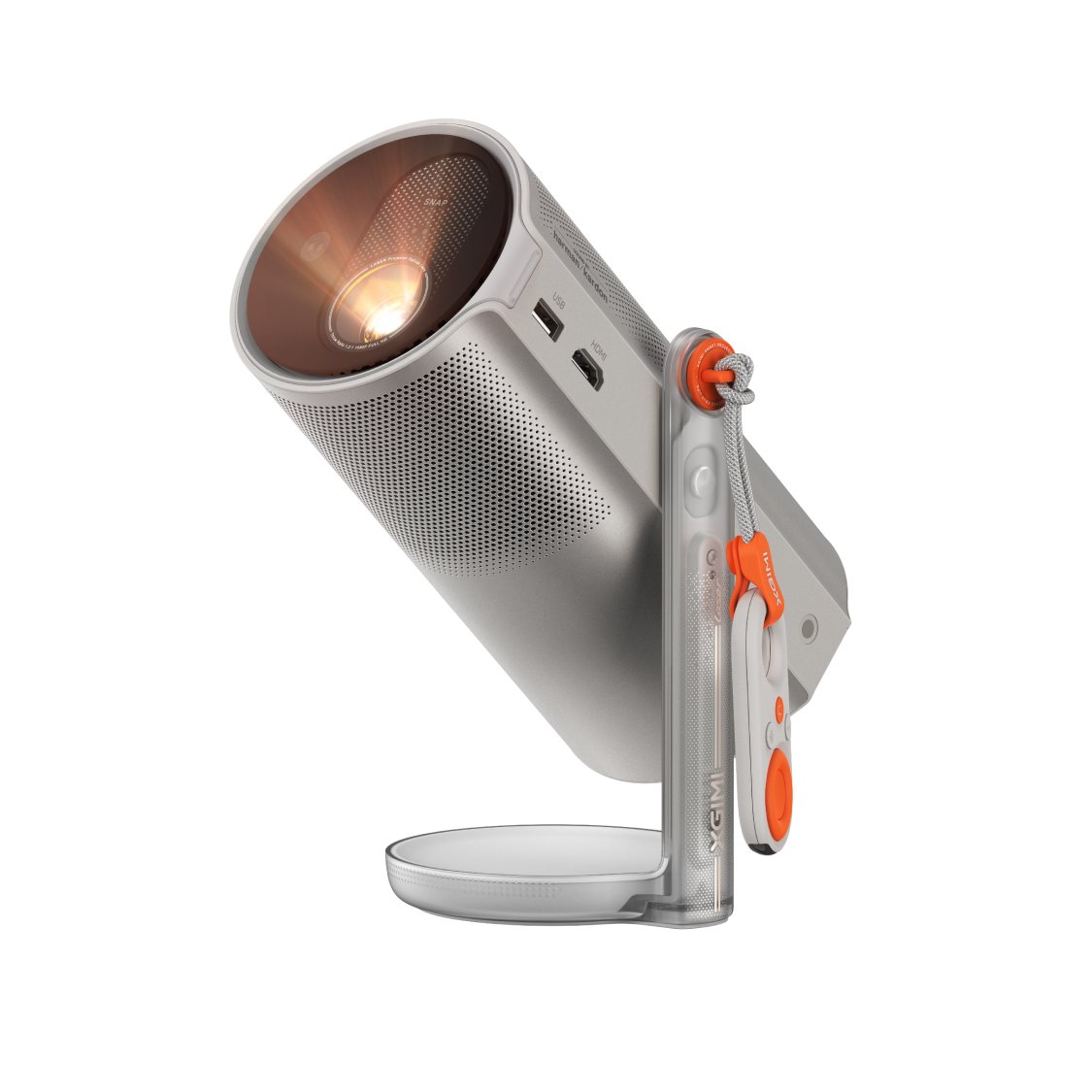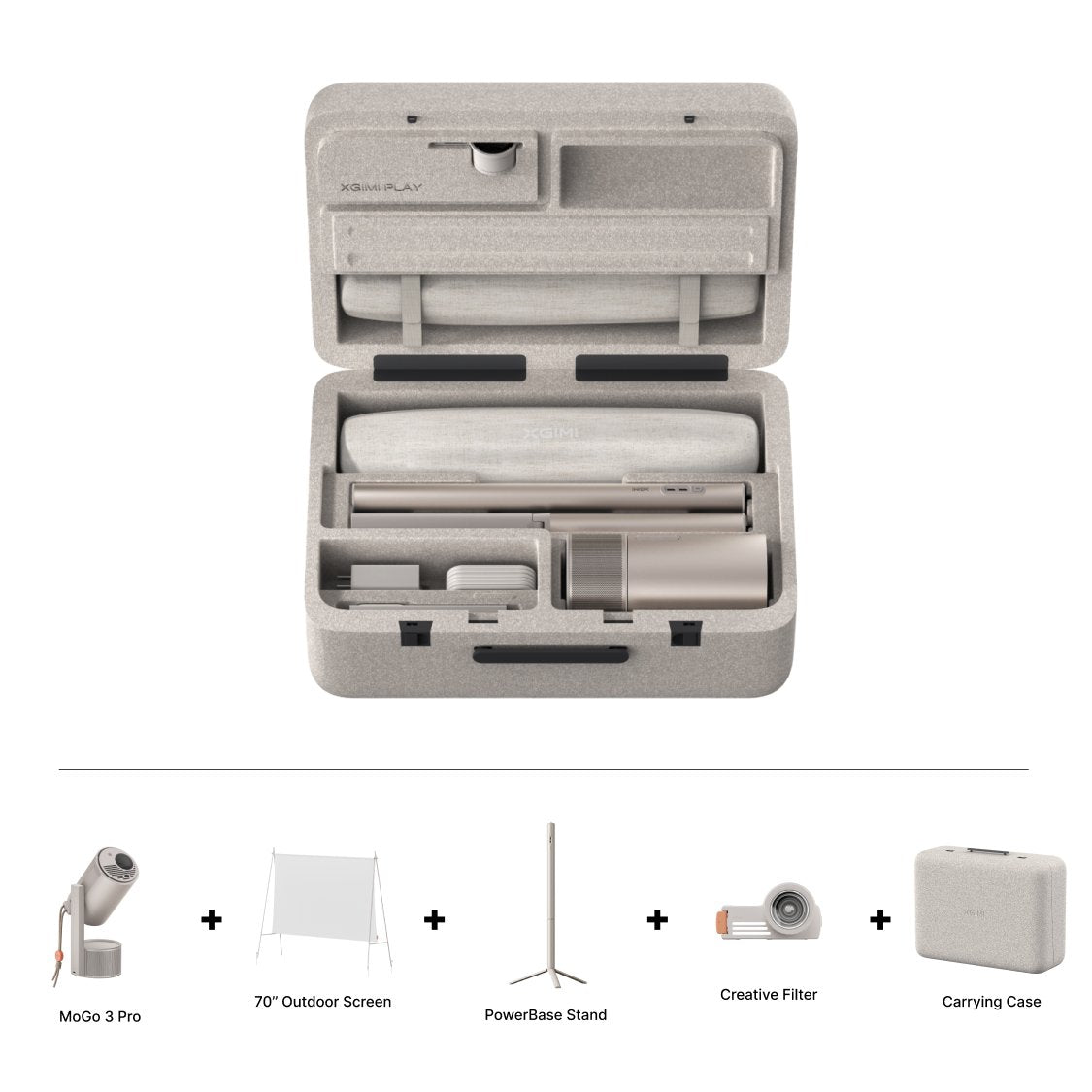Lately, TVs are bigger, brighter, and smarter than ever, but if you're aiming for a truly cinematic experience at home, a home projector might be the ultimate entertainment upgrade. Whether it’s movie nights, gaming marathons, or streaming your favorite shows in 4K, a home projector can transform your living room, backyard, or any space into an immersive theater-like experience.
But with so many options available, how do you choose the right model? Whether you're building a dedicated home theatre or need a portable solution, this guide will help you find the perfect home projector for your needs.
Here’s what you’ll learn in this guide:
- Different types of projectors: Home theatre, home entertainment, and portable projectors
- Key factors to consider: Resolution, brightness, contrast ratio, and throw distance
- Technologies explained: DLP, LCD, and LCoS projectors
- Laser vs. Lamp vs. LED vs. DLP projectors: Which one is right for you?
- Connectivity options: HDMI, USB, Wi-Fi, and smart features
- How room size and screen size impact your choice
- Top tips for setting up the perfect home cinema
- XGIMI projectors for home use comparison
Common Types of Home Projectors
The first step in choosing a home projector is understanding the different types available and identifying which one fits your viewing habits.

Home Theater Projectors
- Best for: Dark rooms and dedicated home theater setups.
- Delivers top-notch picture quality, high contrast, and deep blacks.
- Ideal for movie lovers seeking the ultimate cinematic experience.
Home Entertainment Projectors
- Best for: Living rooms and multi-purpose spaces with ambient light.
- Offers a balance between brightness and contrast.
- Perfect for TV shows, sports, and casual movie nights.
Portable Projectors
- Best for: Users who want flexibility to move their projector around or take it outdoors.
- Compact and often come with built-in batteries, allowing for room-to-room use or even backyard movie nights.
Pro Tip: Portable projectors are perfect for those who want a big-screen experience on the go, whether at home, in the backyard, or even while traveling.
What Key Features Should You Consider When Buying a Home Projector?
Resolutions: 1080P vs. 4K
The resolution of a projector determines the sharpness and clarity of the image. Here’s a quick breakdown:
- 1080p (Full HD): Ideal for budget-conscious buyers who still want high-quality, detailed images. Perfect for smaller screens or casual viewing.
- 4K UHD (3840x2160): Offers four times the resolution of 1080p, resulting in incredibly sharp and detailed images. 4K projectors are ideal for movie lovers who want to recreate a cinema-like experience at home. XGIMI Horizon series, HORIZON Ultra and Aura would be a potential choice for you. Recently, XGIMI has launched new 4K projectors such as Horizon S Pro and Horizon S Max, Aura 2.
 image: XGIMI Halo+ 1080P
image: XGIMI Halo+ 1080P 
image: XGIMI HORIZON Ultra 4K
Pro Tip: If your budget allows, opt for a home theater projector 4K model to future-proof your setup and enjoy ultra-high-definition content.
How bright should your projector be?
Brightness is measured in lumens and plays a crucial role in how well your projector performs under different lighting conditions. Projectors typically use ANSI or ISO lumens to measure brightness. If you're unsure about the difference between these, check out our recent blog post on finding the best lumens for your projectors.
- Dark rooms or dedicated theater spaces: 400–1,500 ISO lumens is sufficient for a clear image.
- Moderately lit rooms: You’ll need at least 1,500–2,300 ISO lumens to handle ambient light.
- Bright rooms or outdoor viewing: Opt for 2,300+ ISO lumens to ensure bright, clear images.
Pro Tip: If you’re planning to use your projector during the day or in a room with windows, prioritize brightness. Projectors with higher lumens deliver more vibrant images in well-lit environments.
How does contrast ratio affect image depth?
The contrast ratio defines the difference between the darkest blacks and the brightest whites. A high contrast ratio adds depth and richness to the picture, making the image appear more realistic.
- High contrast ratios (e.g., 50,000:1 or higher) are crucial for home theater projectors to create immersive, cinema-like visuals.
- Lower contrast ratios may be fine for home entertainment projectors, where ambient light diminishes the importance of deep blacks.
Pro Tip: Look for projectors that offer both FOFO (Full On/Full Off) and ANSI contrast for a more realistic measure of contrast performance in real-world settings.
What Are the Key Projector Technologies: DLP, LCD, and LCoS?
When choosing a home projector, you’ll encounter various imaging technologies. Here’s a quick breakdown of the most common options:
DLP (Digital Light Processing)
- Best for: Brightness and sharp images.
- How it works: Uses tiny mirrors to project the image, combined with a color wheel for vibrant colors.
- Pros: Excellent contrast, sharpness, and color accuracy. Great for fast-moving images like sports and action movies.
- Cons: May produce “rainbow artifacts” (flashes of color) in some models.
LCD (Liquid Crystal Display)
- Best for: Color accuracy and cost-effectiveness.
- How it works: Projects light through three liquid crystal panels (red, green, and blue) to form the image.
- Pros: Rich, natural colors and no rainbow artifacts. Generally more affordable.
- Cons: Less contrast and sharpness compared to DLP.
LCoS (Liquid Crystal on Silicon)
- Best for: Premium picture quality.
- How it works: A hybrid of LCD and DLP, LCoS uses reflective technology to project images.
- Pros: Best color reproduction, contrast, and black levels.
- Cons: Expensive and heavier than DLP or LCD projectors.
FAQs About Home Projectors
What is the best resolution for a home projector?
The best resolution depends on your viewing preferences. 1080p (Full HD) is great for casual viewing, while 4K provides the ultimate picture quality for dedicated home theaters and large screens.
How many lumens do I need for my home projector?
For dark rooms, 400–1,500 ISO lumens is sufficient. For rooms with ambient light or outdoor viewing, opt for a projector with at least 1,500 ISO lumens to ensure a bright, clear image.
What’s the difference between a standard-throw and a short-throw projector?
A standard-throw projector requires more distance to project a large image (e.g., 8–12 feet for a 100-inch screen). Short-throw projectors can create large images from just a few feet away, making them ideal for smaller spaces or rooms where you don't want the projector far from the screen.
Which Projector Technology Should You Choose?
- Laser: Ideal for home theaters and long-term use with consistent brightness and superior color performance.
- Lamp: Best for budget-conscious buyers who prioritize affordability but don't mind periodic maintenance for bulb replacements.
- LED: Perfect for small spaces or portable use where energy efficiency and longevity are key.
- DLP: Great for those who prioritize sharpness, motion clarity, and compact design, especially for movies and gaming.
Do I need a projector screen, or can I use a wall?
While you can project onto a wall, a high-quality projector screen enhances brightness, contrast, and overall image quality, especially in rooms with ambient light. A dedicated screen will provide a more professional, clear image compared to a wall surface.
Are portable projectors good for home use?
Yes, portable projectors are great for flexible use around the house or even outdoors. Models like the XGIMI Halo+ and MoGo series offer excellent quality for casual viewing, with built-in smart features and battery power, making them versatile for both indoor and outdoor use.
For more relevant information and resources on this topic, be sure to check out our comprehensive guide on projectors!



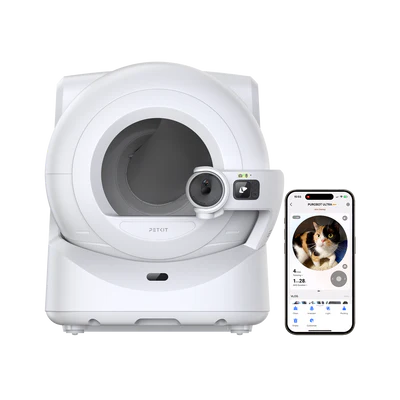





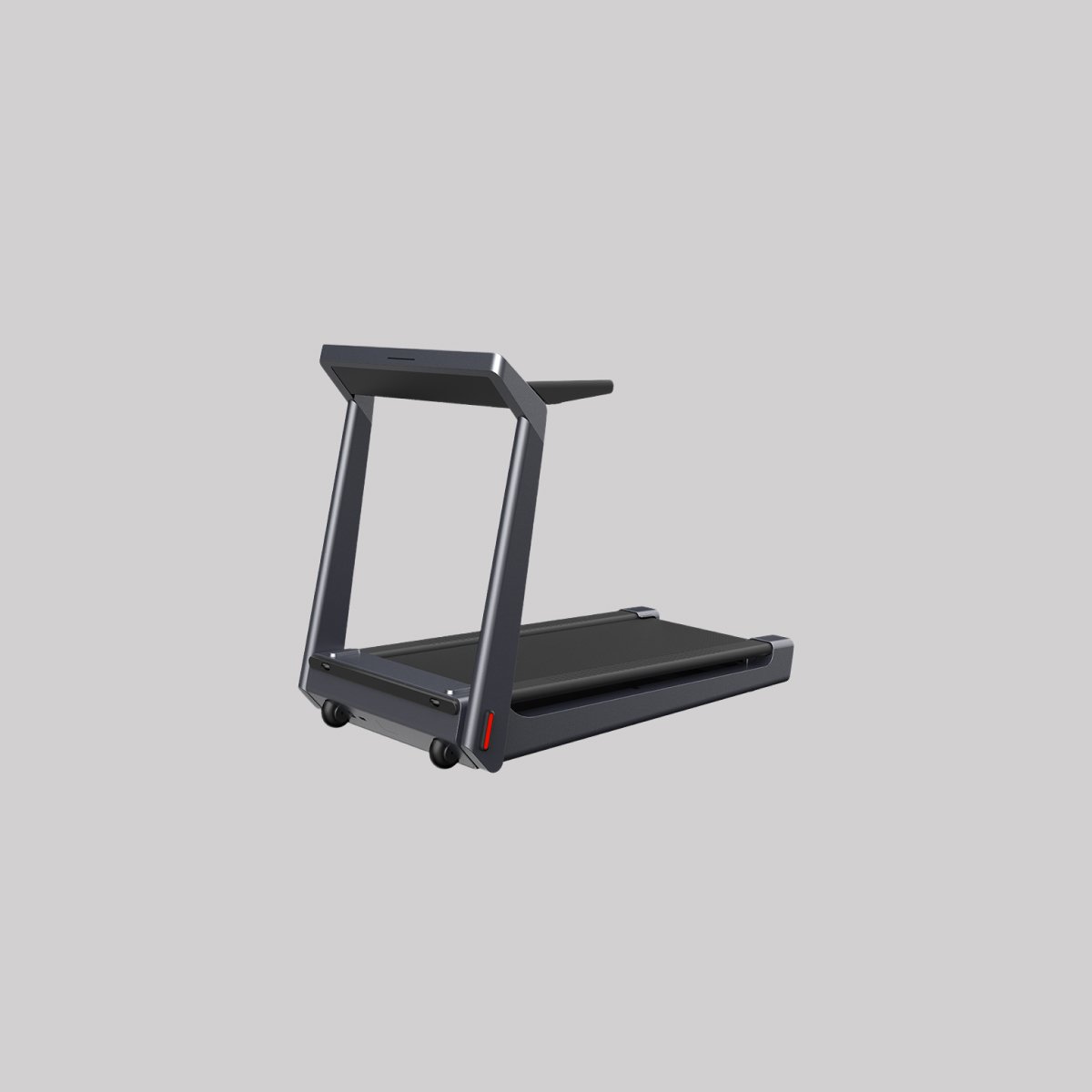
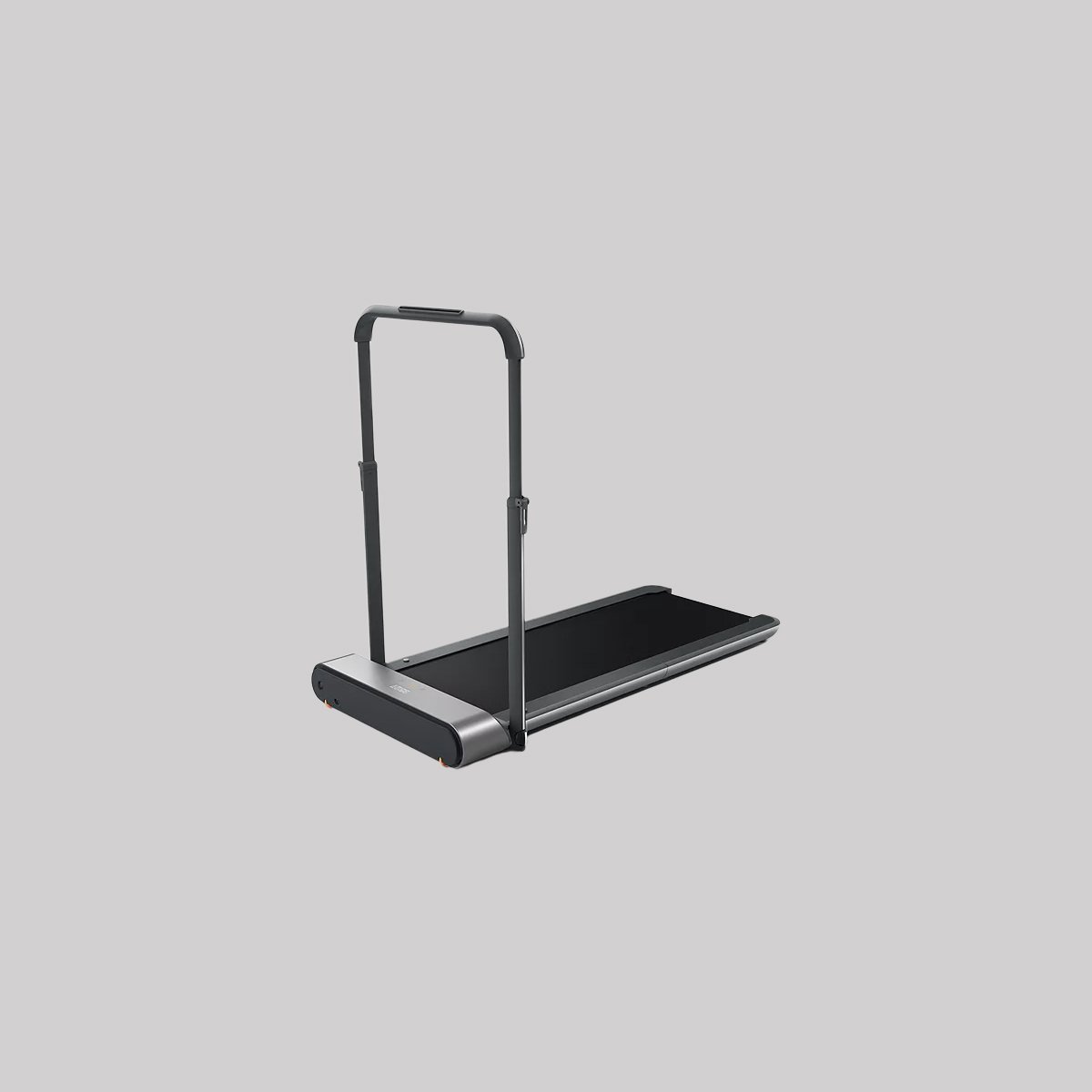

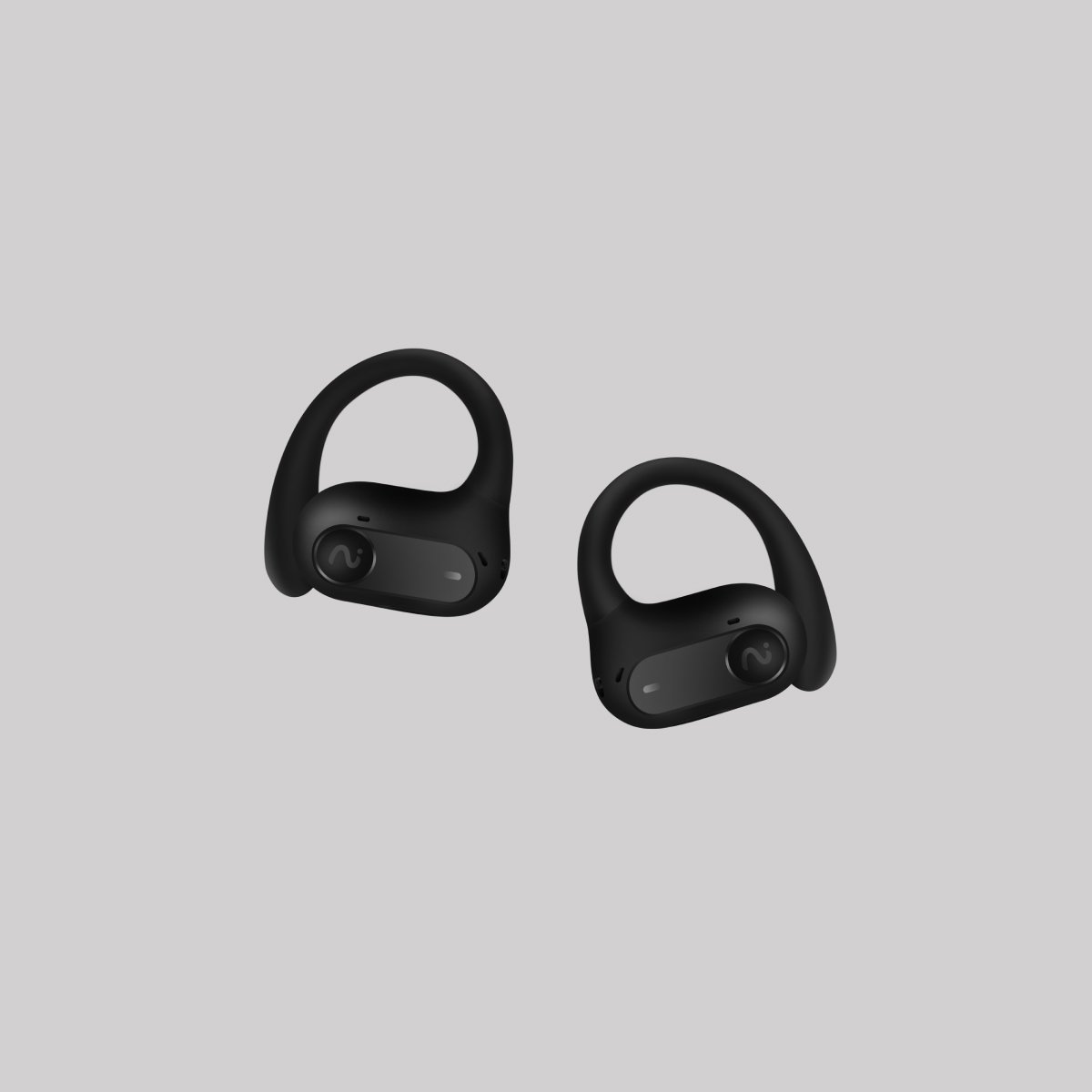
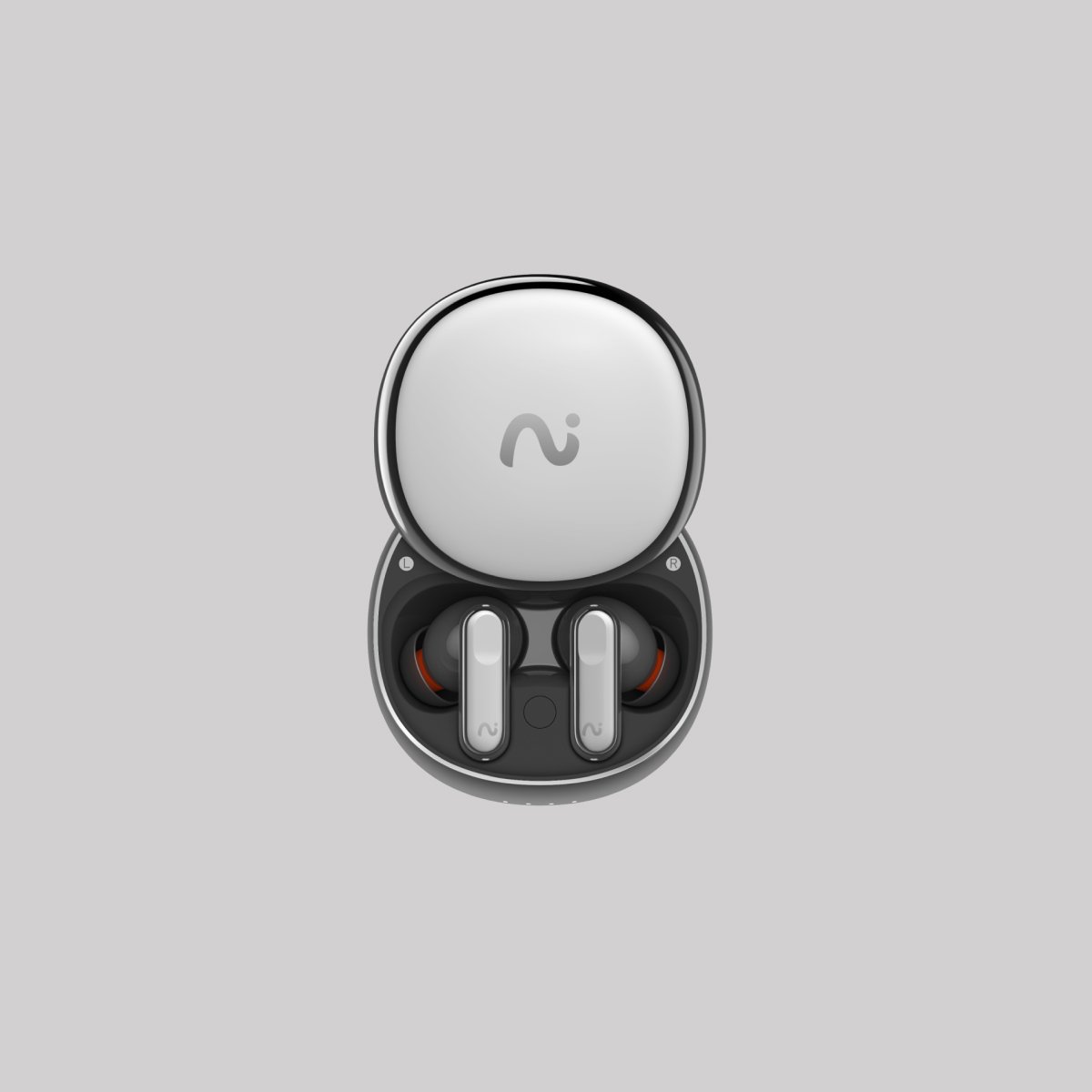

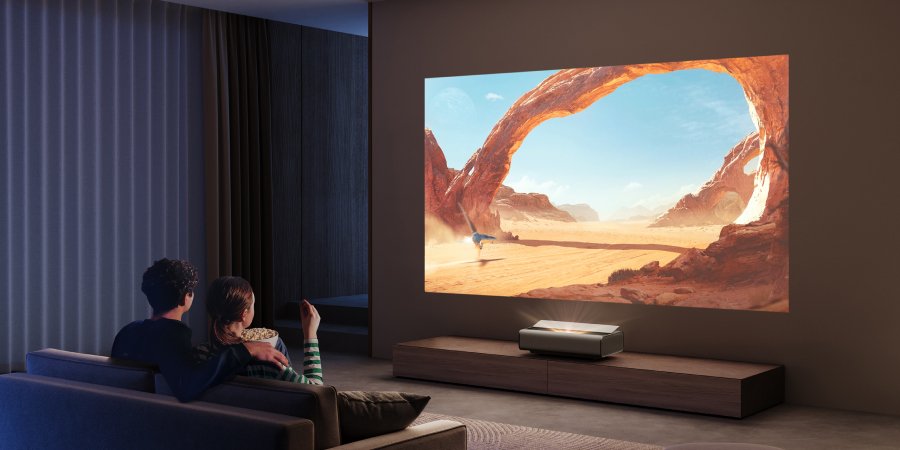
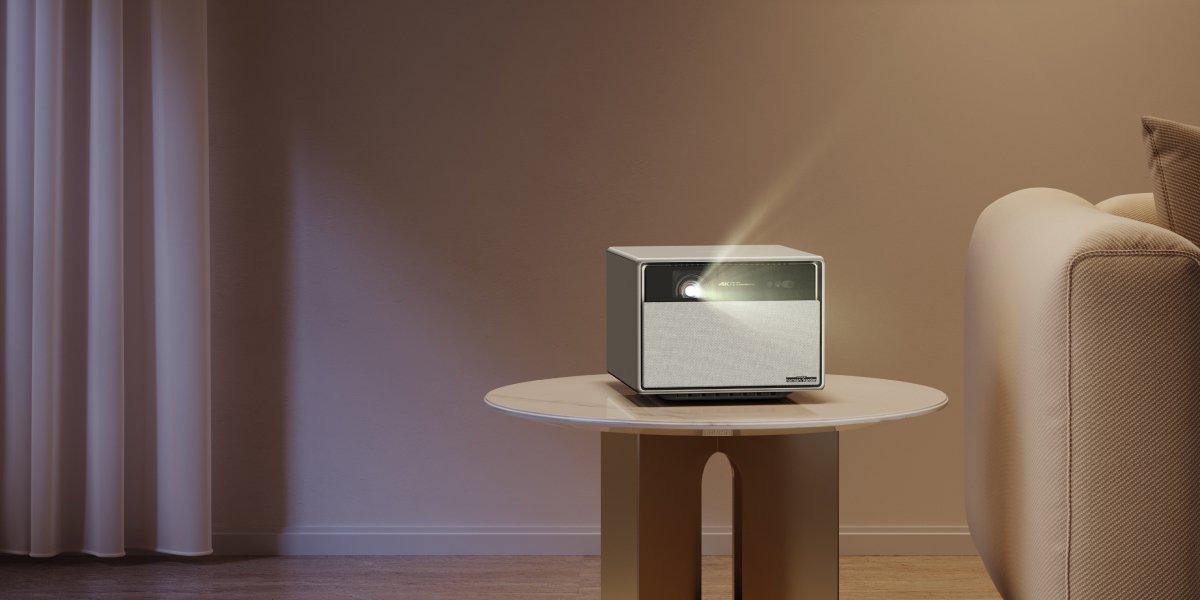
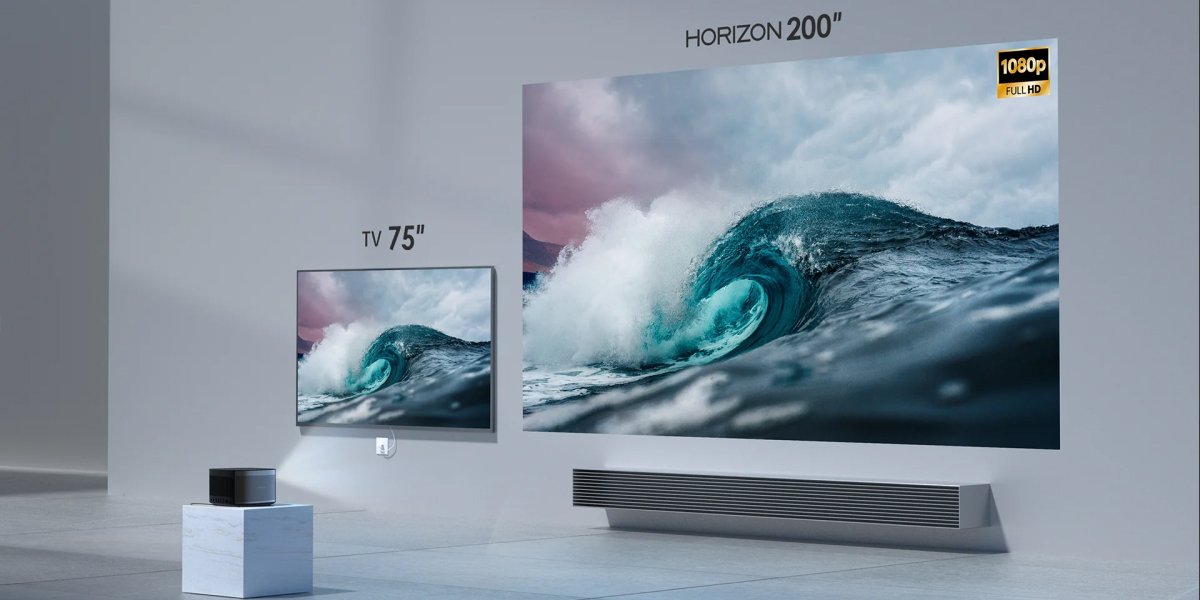
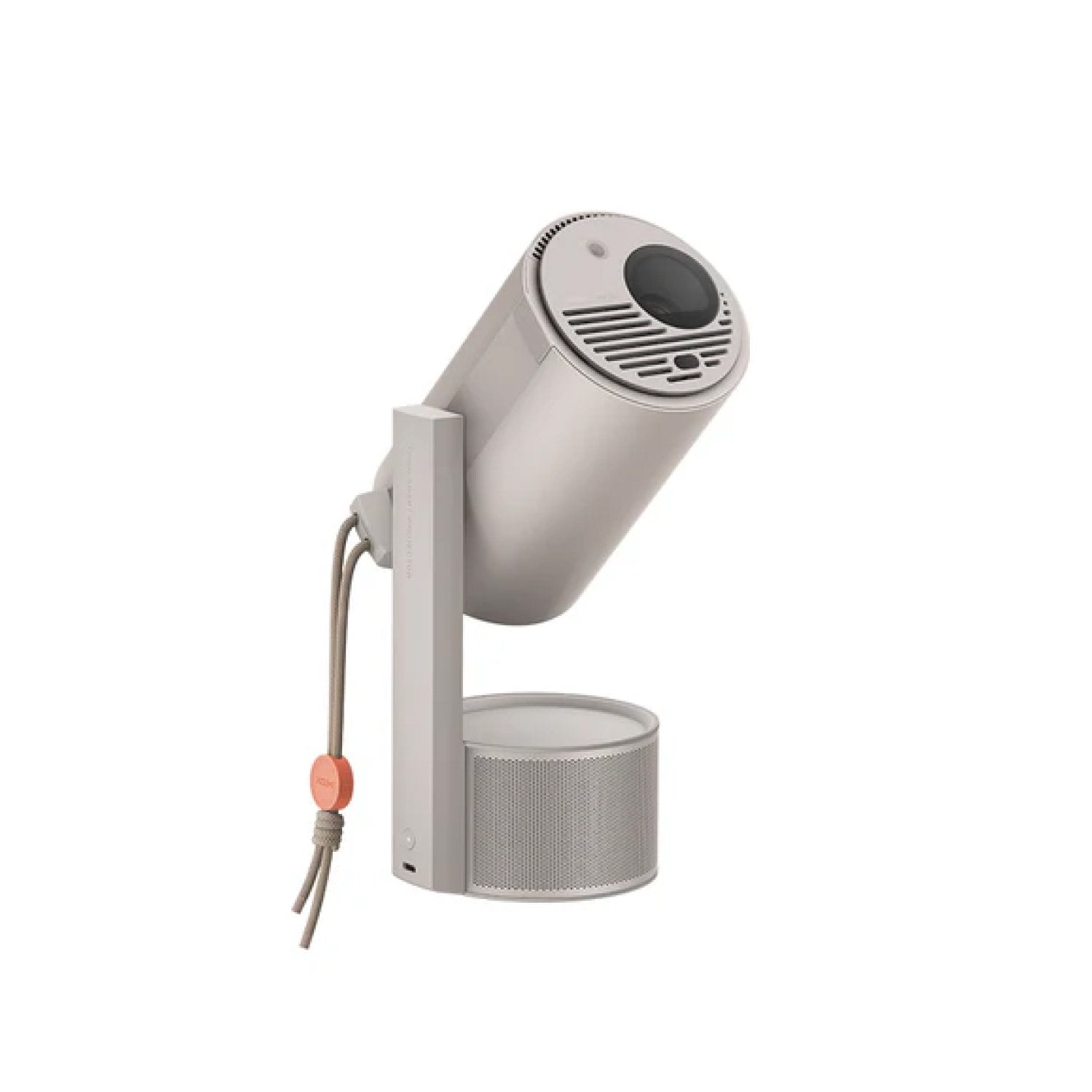
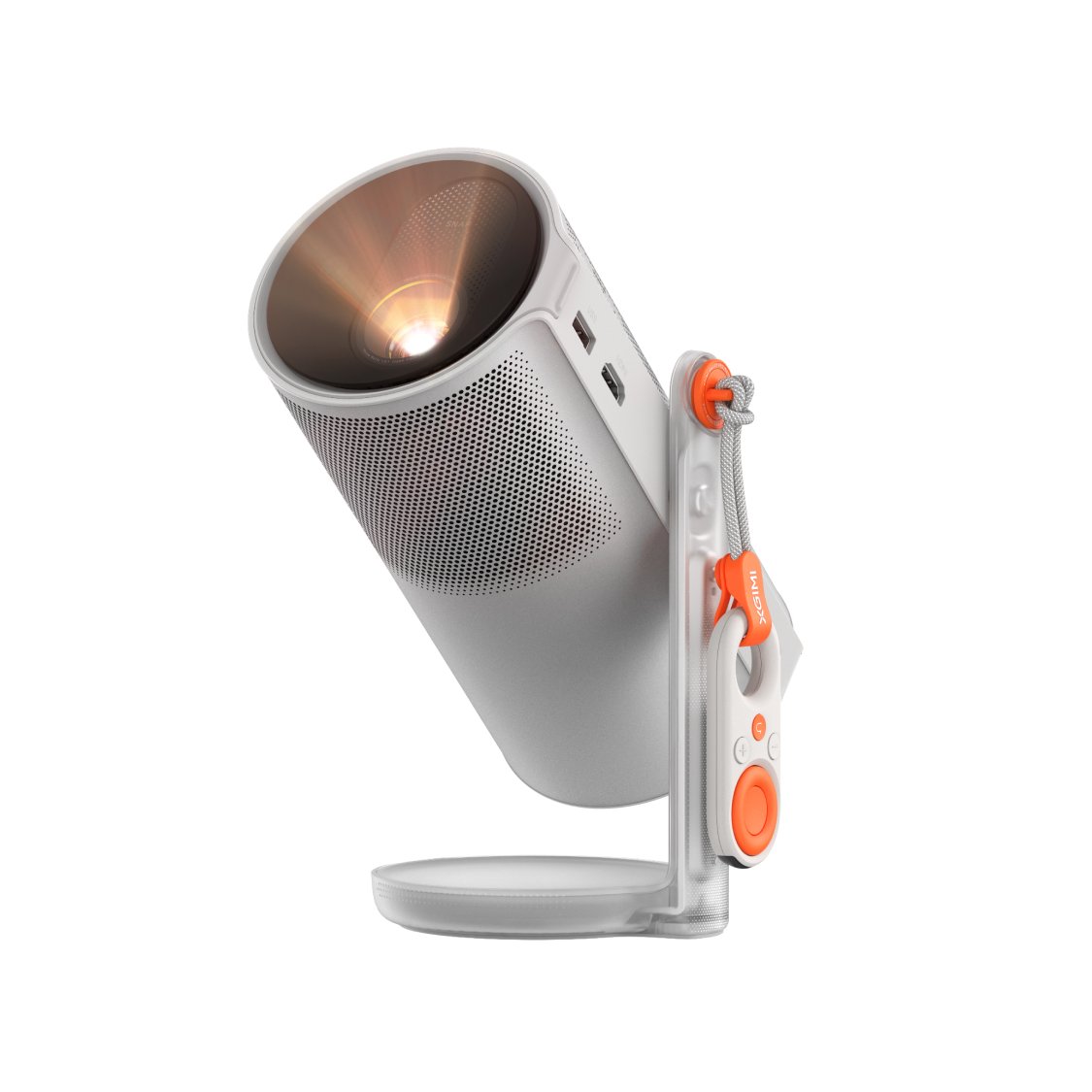

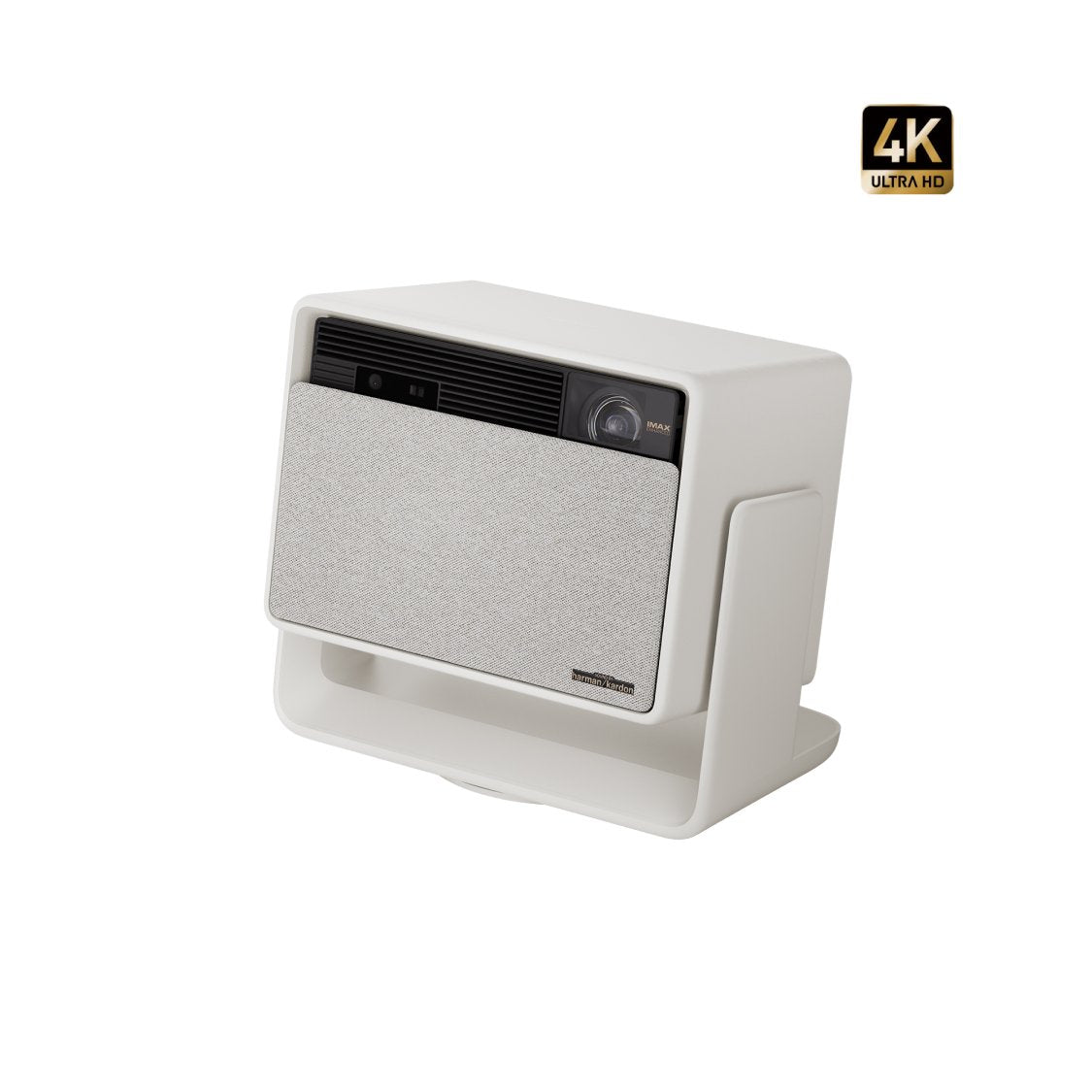
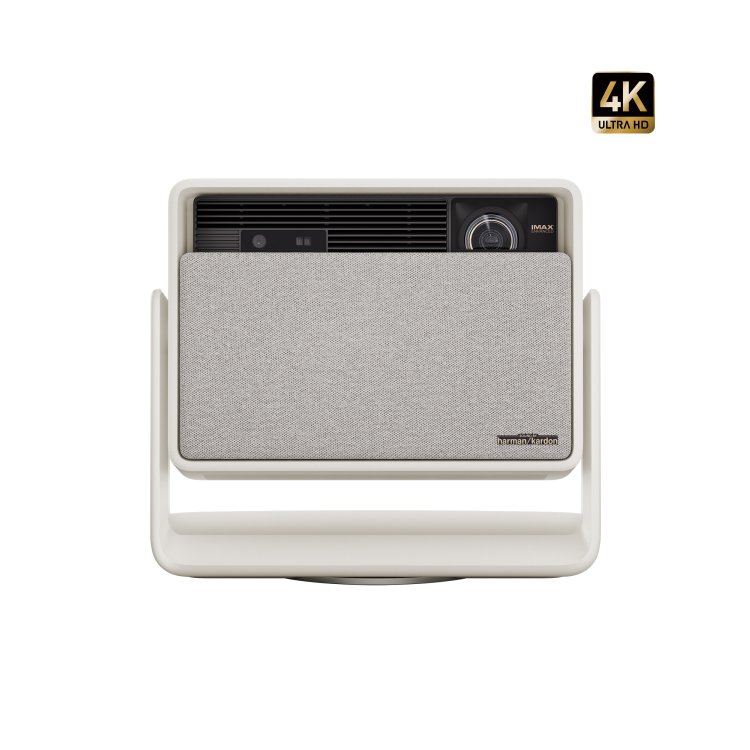
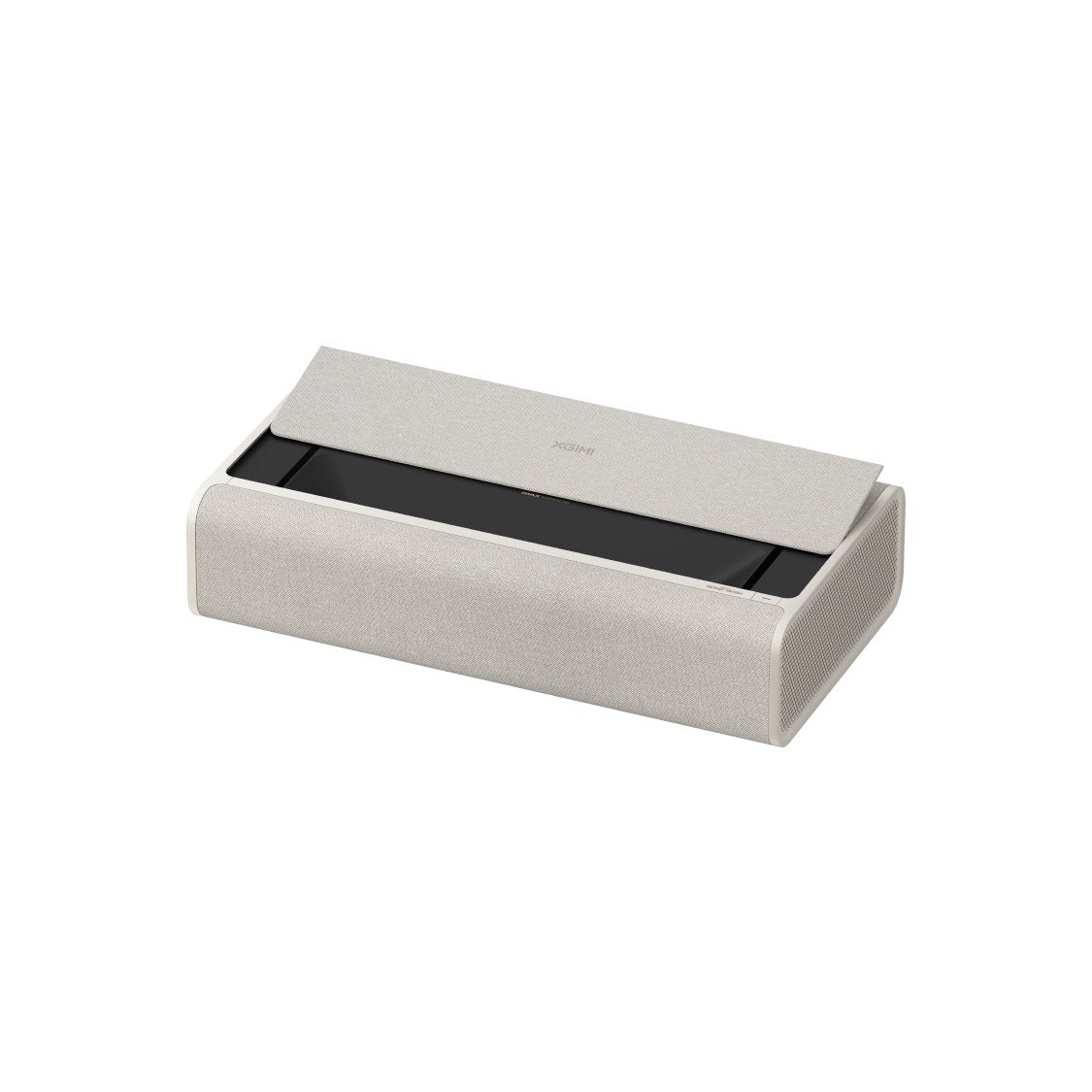
![[NEW] XGIMI Vibe One (Battery Powered)](http://omgsmartliving.com/cdn/shop/files/02_1d025271-5c87-416c-a1b2-f6073be2efbe.png?v=1764873660&width=5000)
![[NEW] XGIMI Vibe One (Battery Powered)](http://omgsmartliving.com/cdn/shop/files/01b.png?v=1764873661&width=5000)
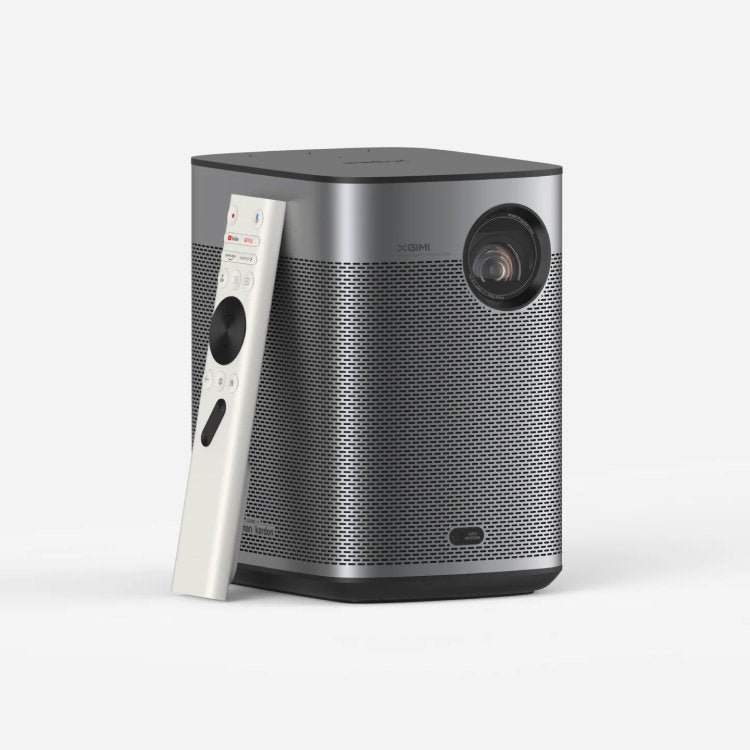
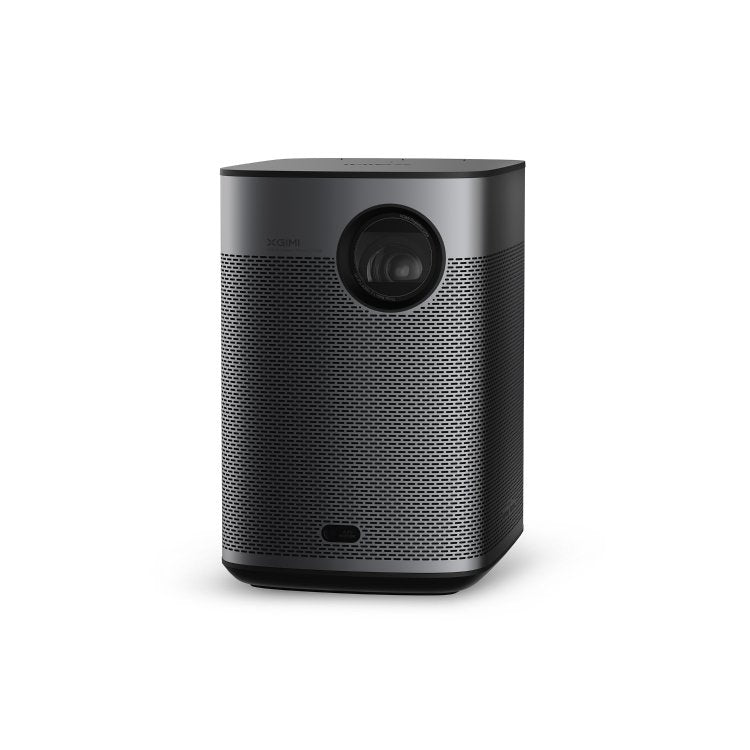
![[Pre-Order Discount] XGIMI HORIZON 20 Max 5700 ISO lumens](http://omgsmartliving.com/cdn/shop/files/02_52909428-9b3f-4fec-83bf-0aa0a6f3c9f7.webp?v=1758658719&width=4000)
![[Pre-Order Discount] XGIMI HORIZON 20 Max 5700 ISO lumens](http://omgsmartliving.com/cdn/shop/files/05_b220bb52-f0dd-4fc2-b726-f579c648c451.webp?v=1758658718&width=4000)
